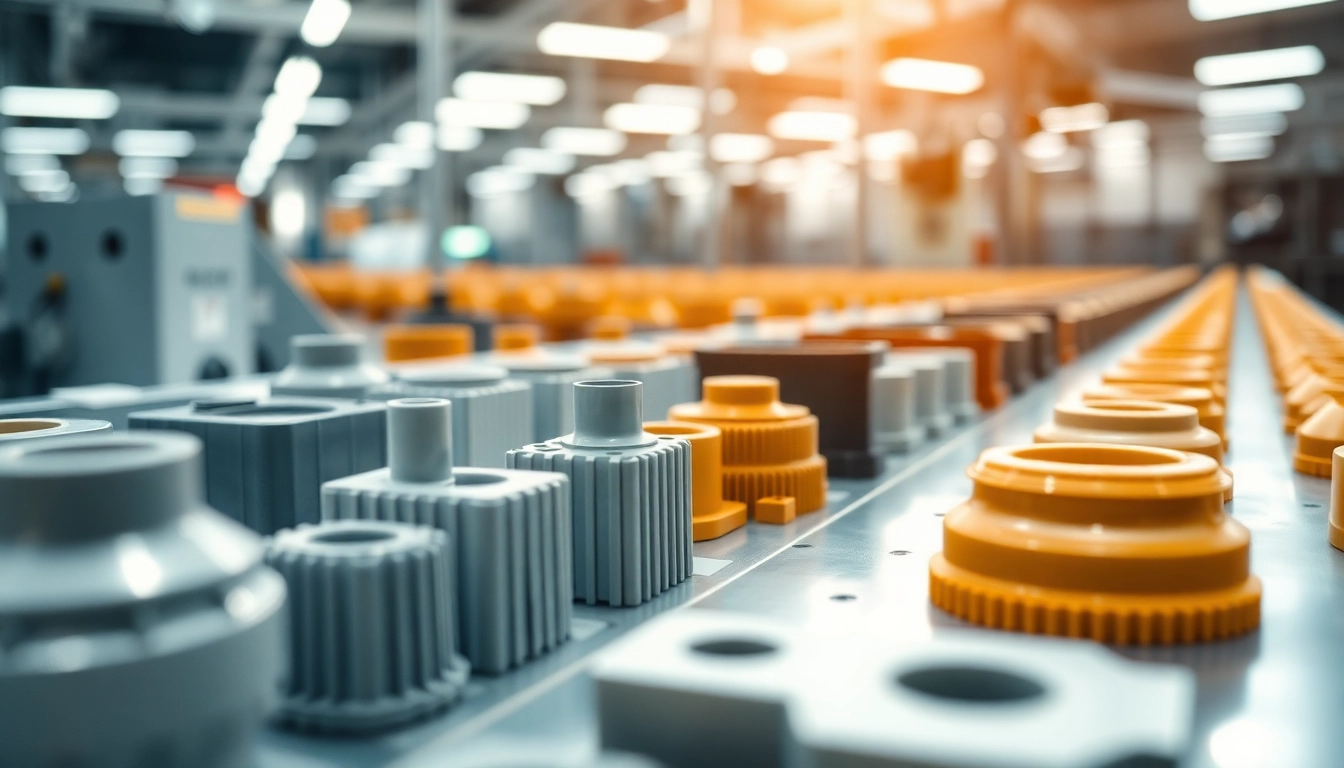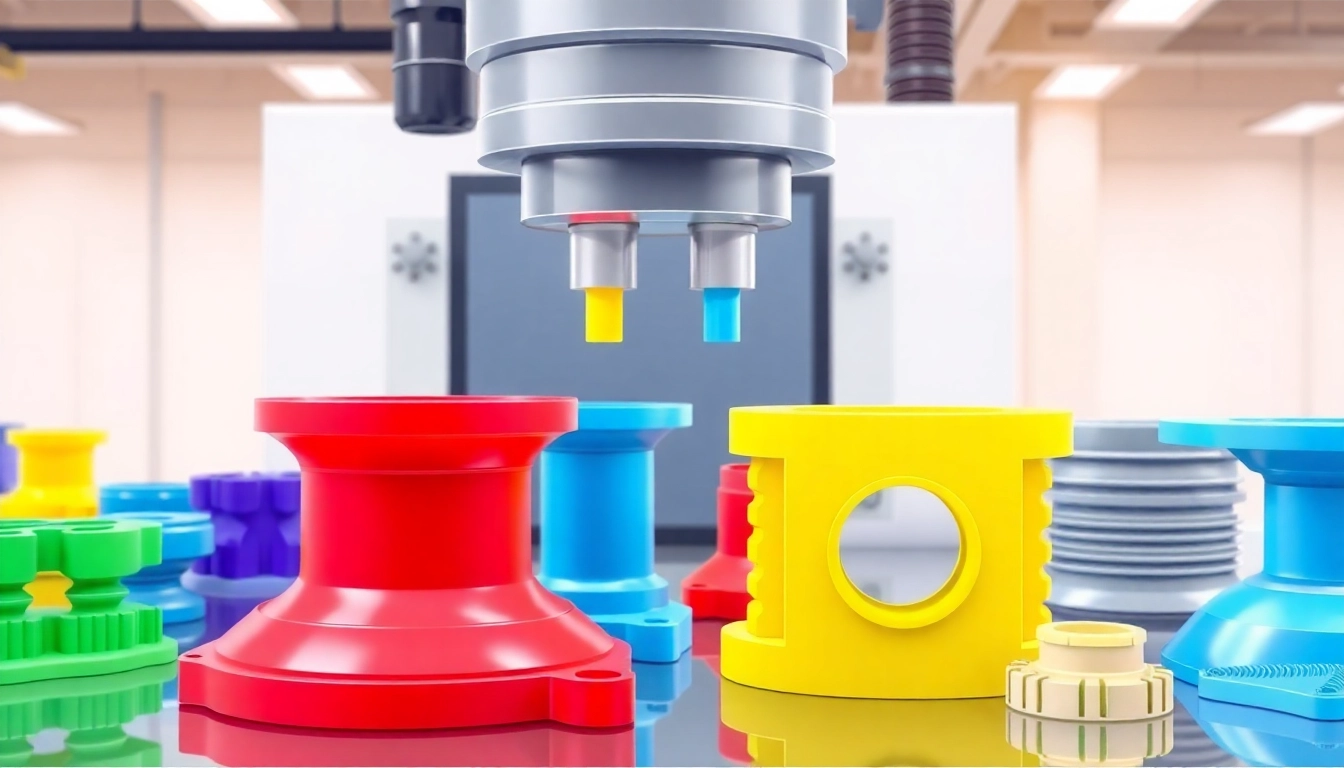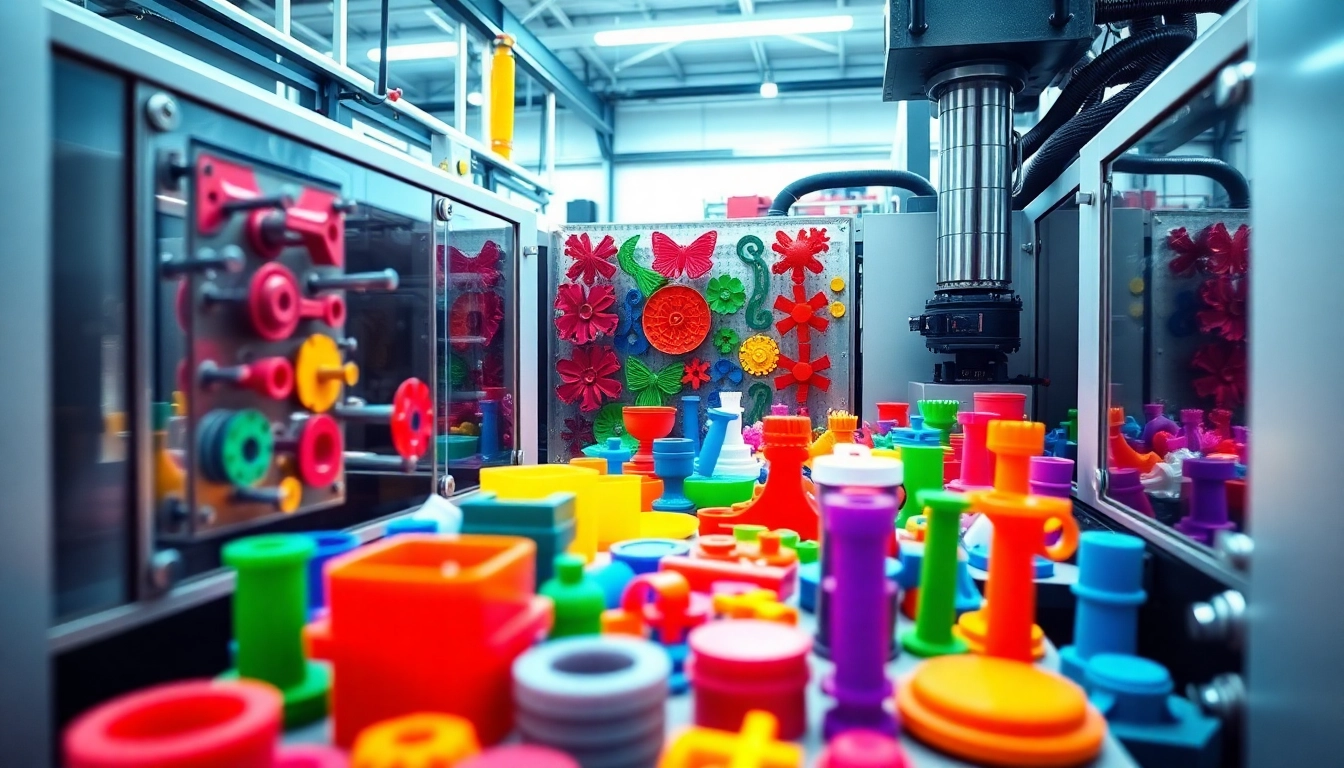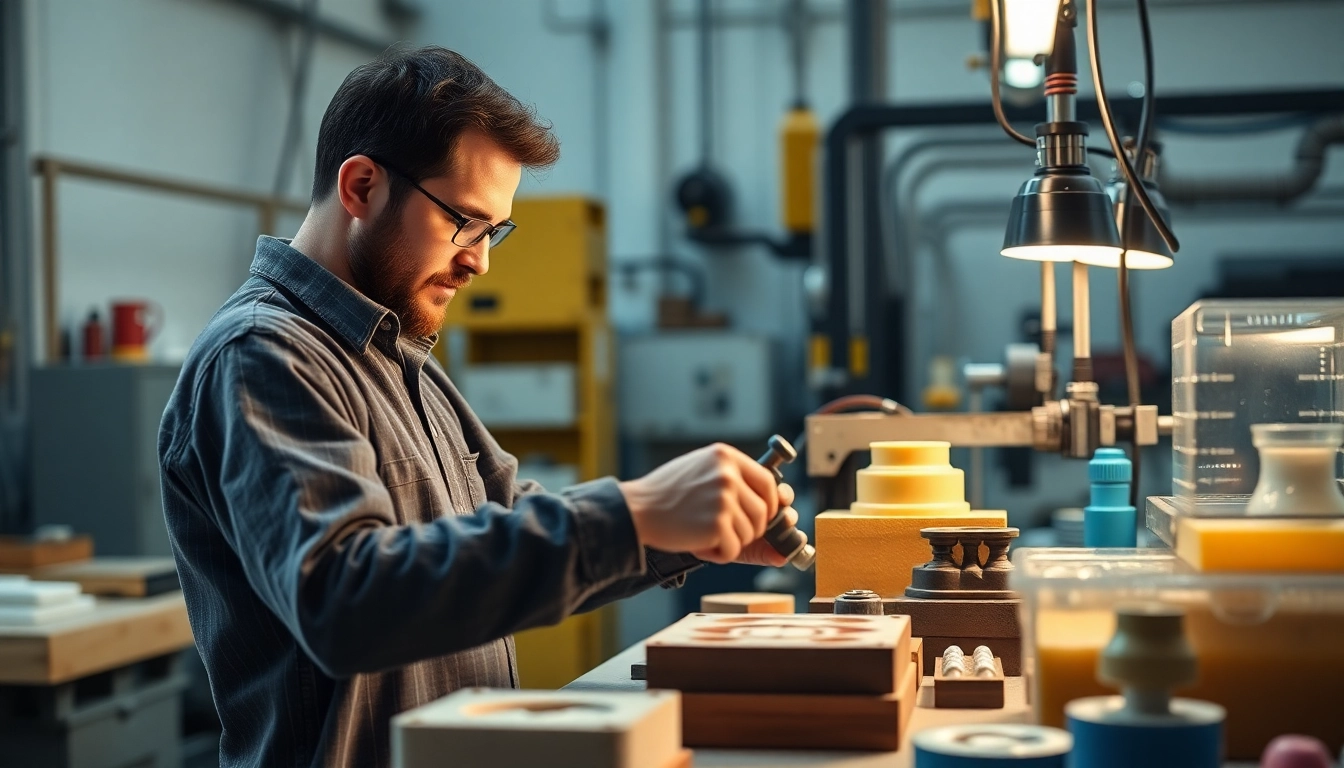What Are Injection Molded Parts?
Definition and Overview
Injection molded parts are components created through the injection molding process, a manufacturing method that involves injecting molten material into a mold to produce intricate shapes and designs. This technique is widely adopted due to its efficiency, precision, and capability to produce complex geometries at scale. The process starts with the selection of raw materials, typically thermoplastics or thermosetting polymers, which are then melted and forced into the mold, where they cool and solidify into the desired form. This method is essential for producing a wide range of products used in everyday life, and understanding the intricacies of injection molded parts is crucial for industries ranging from automotive to consumer goods.
Common Applications in Various Industries
Injection molded parts find applications across diverse industries due to their versatility and cost-effectiveness. Here are some of the key sectors utilizing this technology:
- Automotive: Injection molded parts are prevalent in the automotive industry, used for manufacturing dashboard components, exterior panels, and various interior fittings. These parts are valued for their lightweight nature and ability to be tailor-made for specific functions.
- Consumer Electronics: From smartphone cases to cable management clips, injection molded components play a significant role in consumer electronics, enhancing both functionality and aesthetic appeal.
- Medical Devices: Precision is critical in the medical field. Injection molded parts are used in devices ranging from syringes to surgical instruments, where reliability and compliance with health standards are necessary.
- Toys and Games: The toy industry relies heavily on injection molding to create colorful, durable, and intricate designs, like action figures and building blocks, ensuring consistent manufacturing at scale.
- Household Products: Everyday items such as containers, utensils, and bathroom accessories are commonly made using injection molded techniques, exploiting efficiency for mass production.
Types of Materials Used for Injection Molding
The materials selected for injection molding significantly impact the final properties of the molded parts. The most commonly used materials include:
- Thermoplastics: Thermoplastics like ABS, Polypropylene, and Polystyrene are widely used due to their ease of processing and reusability.
- Thermosetting Plastics: Materials such as phenolic and epoxy resins are valued for their heat resistance and structural integrity, making them suitable for high-performance applications.
- Elastomers: Also known as rubbery materials, they offer excellent flexibility and are commonly used in applications requiring cushioning and dampening properties.
The Injection Molding Process Explained
Step-by-Step Breakdown of Injection Molding
The injection molding process can be broken down into several key stages:
- Injection: The raw material pellets are heated until melted and then injected into a mold at high pressure.
- Cooling: The injected material cools and solidifies within the mold, taking its shape.
- Ejection: Once solidified, the molded part is ejected from the mold using ejector pins.
- Finishing: Post-processing steps may include trimming, painting, or additional assembly.
Key Components of Injection Molding Machines
The efficiency of the injection molding process is supported by the machine’s components:
- Hopper: Holds the plastic pellets before they are fed into the injection unit.
- Injection Unit: Responsible for melting and injecting the plastic into the mold.
- Mold: The custom-designed part that shapes the melted plastic.
- Clamping Unit: Holds the mold in place during the injection process.
Best Practices for Effective Injection Molding
To achieve optimal results in injection molding, consider the following best practices:
- Maintain consistent material temperature to prevent defects.
- Use high-quality molds to ensure durability and precision.
- Implement proper cooling times to avoid warpage in the final product.
- Monitor machine parameters continuously to identify and address issues promptly.
Design Considerations for Injection Molded Parts
Essential Design Guidelines and Tips
Successful injection molded components begin with thoughtful design. Here are vital guidelines to consider:
- Wall Thickness: Maintain uniform wall thickness to minimize warping and structural integrity issues.
- Draft Angles: Incorporate draft angles to facilitate easy ejection from the mold.
- Radii and Fillets: Utilize these features to reduce stress concentrations and enhance flow.
How to Optimize Designs for Manufacturing
Design optimization is essential to streamline the manufacturing process:
- Use simulation software to predict flow dynamics and adjust the design accordingly.
- Consider the assembly process during design to minimize components and reduce costs.
- Engage with mold makers early to ensure the design aligns with their capabilities.
Common Design Flaws to Avoid
Identifying and avoiding common design flaws can save time and resources:
- Inadequate Draft Angles: This can lead to difficulty in removing the part from the mold.
- Extreme Wall Thickness Variations: These can cause uneven cooling, leading to warpage.
- Undercuts: These may complicate the mold design and result in rework or increased costs.
Quality Control in Injection Molding
Importance of Quality Assurance Processes
Ensuring high-quality outcomes for injection molded parts requires rigorous quality assurance measures throughout the manufacturing process. Implementing a quality management system ensures that all parts meet specific regulations and standards.
Testing Methods for Injection Molded Parts
To verify the integrity and performance of injection molded parts, various testing methods are employed:
- Dimensional Inspection: Measuring critical dimensions to verify conformity to design specifications.
- Material Testing: assessing material properties such as tensile strength, hardness, and thermal stability.
- Functional Testing: Evaluating the part’s performance in its intended application.
Achieving Consistency and Quality Standards
Consistency is paramount to success in injection molding. Strategies to ensure this include:
- Implementing standardized operating procedures (SOPs) for every stage of the process.
- Utilizing advanced monitoring systems to track production and quality metrics in real-time.
- Conducting regular training programs for staff on quality control practices and updated technologies.
Future Trends in Injection Molded Parts
Emerging Technologies and Innovations
The injection molding industry is witnessing rapid advancements, including:
- 3D Printing Integration: Combining 3D printing with injection molding can enhance the prototyping process and reduce lead times.
- Smart Manufacturing: The integration of IoT (Internet of Things) technologies permits real-time monitoring and predictive maintenance.
- Bio-Based Materials: Increasing adoption of sustainable materials that reduce environmental impact without compromising quality.
Impact of Sustainability on Injection Molding
Sustainability is becoming a critical focus. Manufacturers are adopting practices such as:
- Using recycled materials in production to minimize waste.
- Designing for disassembly and recyclability to ensure products can be efficiently repurposed.
- Investing in energy-efficient machinery to reduce the carbon footprint of production processes.
Market Trends and Consumer Preferences
The injection molding industry is evolving, influenced by changes in market dynamics:
- Customization: There is a growing demand for customized products, urging manufacturers to streamline their processes while maintaining flexibility.
- Rapid Prototyping: Companies are increasingly focusing on rapid turnaround times for prototypes, improving time-to-market significantly.



